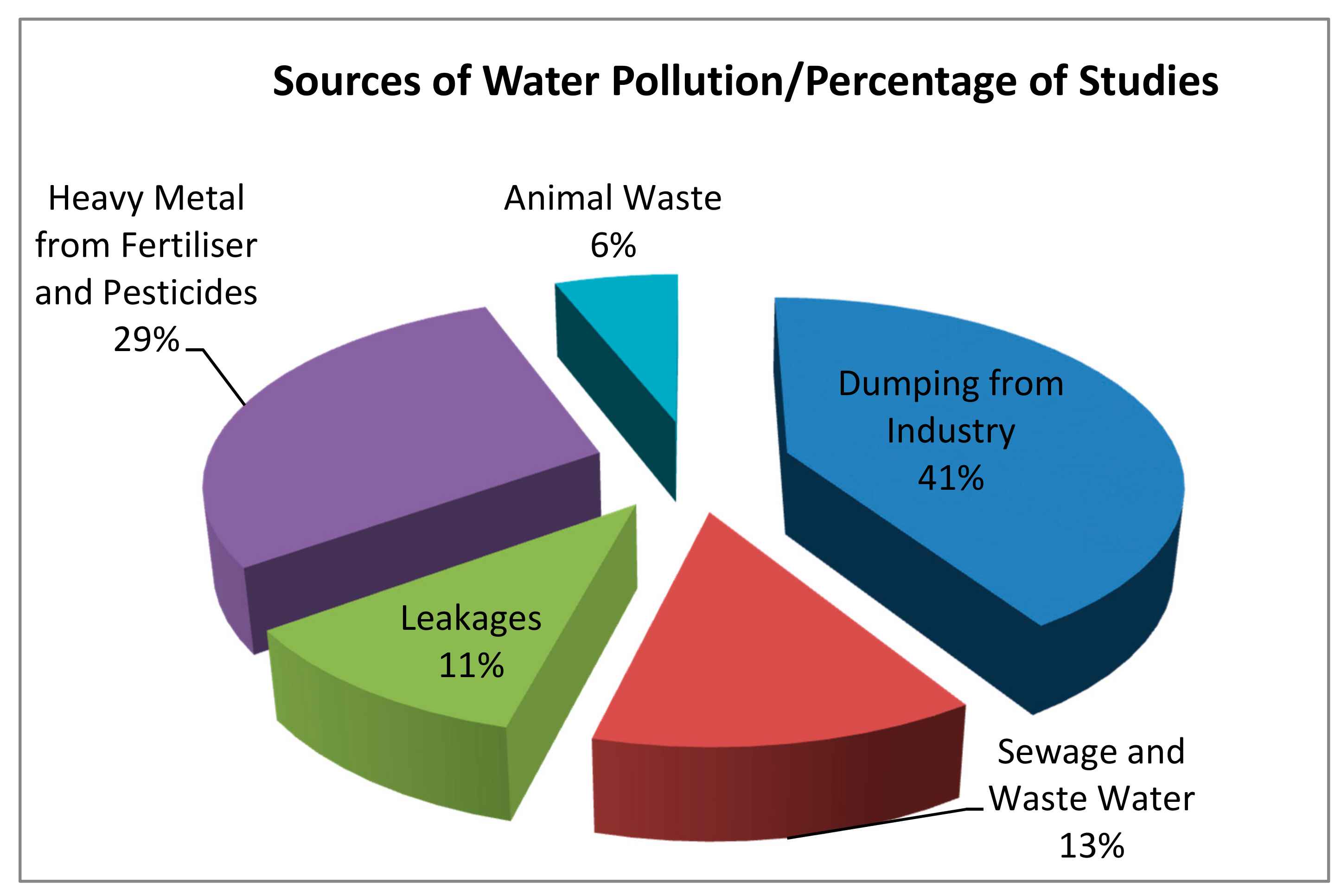Water pollution is a major environmental problem worldwide, especially in developing countries. By 1989, 436 of China's 532 rivers were polluted. In 1994, the World Health Organization reported that China's cities contain more polluted water than those of any other country in the world. In the late 2000s, about one third of the industrial waste water and more than 90 percent of household sewage in China was released into rivers and lakes without being treated. At that time nearly 80 percent of China's cities (278 of them) had no sewage treatment facilities and few had plans to build any. Underground water supplies in 90 percent of the cites in China are contaminated.
What are the main reasons of water pollution in China?
- 1.Seawater intrusion and backflow in coastal areas
Seawater intrusion refers to the intrusion of seawater into freshwater aquifers. The main cause of saltwater intrusion is the overexploitation of groundwater and freshwater. If groundwater is overexploited, the freshwater-seawater interface on a coastal or island can be in an imbalance. In the northern coastal areas of China, since the 80s, there have been many years of drought, low rainfall, and reduced groundwater recharge, but the water demand for industry and agriculture has been increasing, and the groundwater fresh water has "not making ends meet", resulting in seawater intrusion.
- 2.Industrial pollution
The industrial "three wastes" (waste water, waste gas, and waste residue) are one of the main factors of groundwater pollution. Industrial wastewater such as industrial electroplating wastewater, industrial pickling wastewater, smelting industrial wastewater, light industrial wastewater and petrochemical organic wastewater are discharged into urban sewers, rivers, lakes and seas or directly discharged into ditches and large seepage pits without treatment, resulting in chemical pollution of groundwater.
- 3.Agricultural pollution.
Water pollution in China more drastically impacts rural regions.The main sources of groundwater pollution caused by agricultural activities include pesticides, chemical fertilizers, decomposition of animal and plant remains in the soil, and unreasonable sewage irrigation. They cause the deterioration of large areas of shallow groundwater quality, the most important of which is the increase of NO3-N and the pollution of pesticides and fertilizers.
- 4.Life pollution
On the one hand, the continuous development of the economy, a large number of indigestible new garbage such as plastics, metals, batteries, etc., on the other hand, the lack of infrastructure and control, the phenomenon of direct discharge of sewage and garbage in rural areas is becoming more and more serious. As domestic garbage is washed by the sun and rain and surface runoff, its leachables will slowly seep into the ground and pollute the groundwater.
Effects of Water Pollution in China
Water consumed by people in China contains dangerous levels of arsenic, fluorine and sulfates. An estimated 980 million of China’s 1.4 billion people drink water every day that is partly polluted. More than 600 million Chinese drink water contaminated with human or animal wastes and 20 million people drink well water contaminated with high levels of radiation. A large number of arsenic-tainted water have been discovered. China’s high rates of liver, stomach and esophageal cancer have been linked to water pollution.
Waters that used to team with fish and welcome swimmers now have film and foam at the top and give off bad smells. Canals are often covered layers of floating trash, with the deposits particularly thick on the banks. Most of it is plastic containers in a variety of sun-bleached colors. Deformities in fish such as one or no eyes and misshapen skeletons and a decreasing numbers of rare wild Chinese sturgeon in the Yangtze has been blamed on a paint chemical widely used in Chinese industry.
China is the largest polluter of the Pacific Ocean. Offshore dead zones — oxygen-starved areas in the sea that are virtually devoid off life — are not only found in shallow water but also in deep water. They are mainly created by agricultural run-off — namely fertilizer — and reach their peak in the summer. In the spring freshwater creates a barrier layer, cutting off the salt water below from the oxygen in the air. Warm water and fertilizers cause algae blooms. Dead algae sinks to the bottom and is decomposed by bacteria, depleting oxygen in deep water.